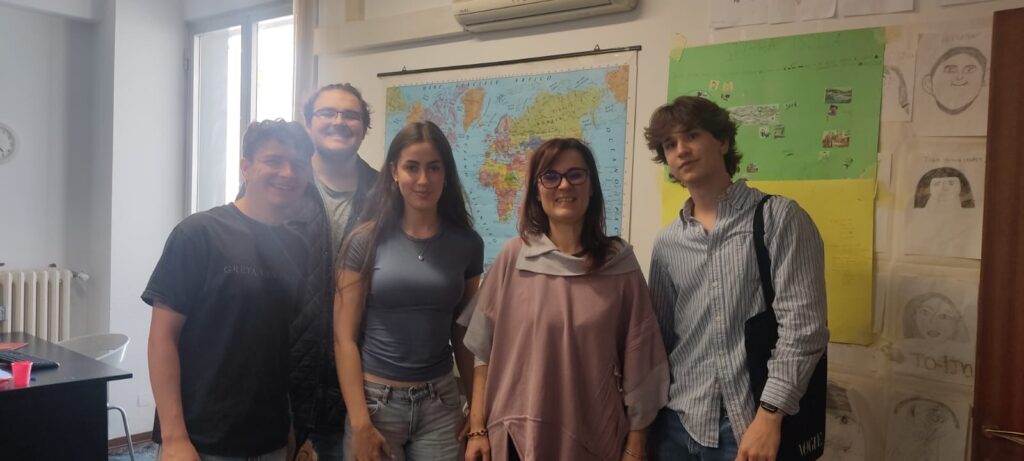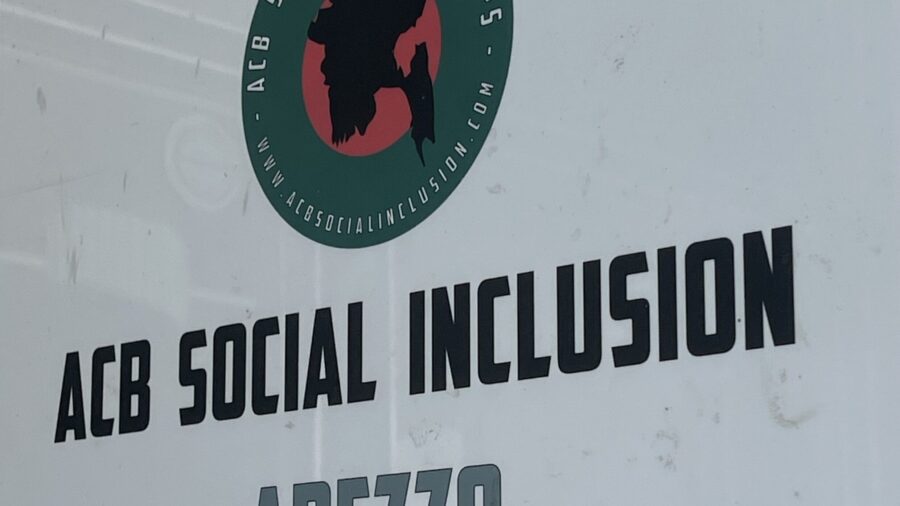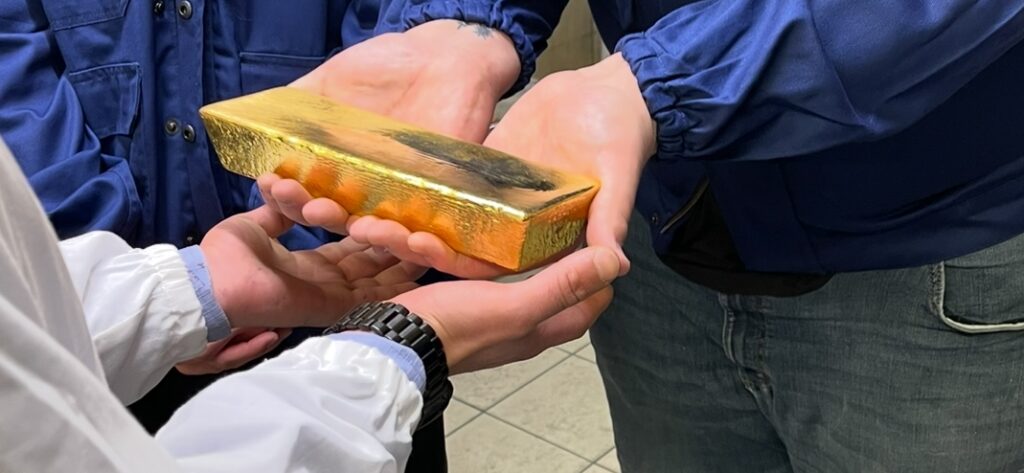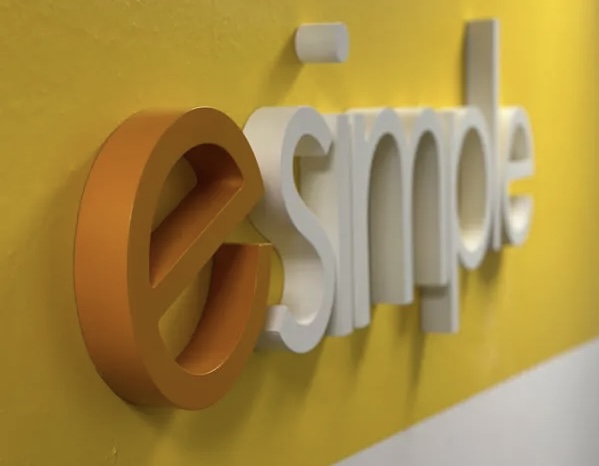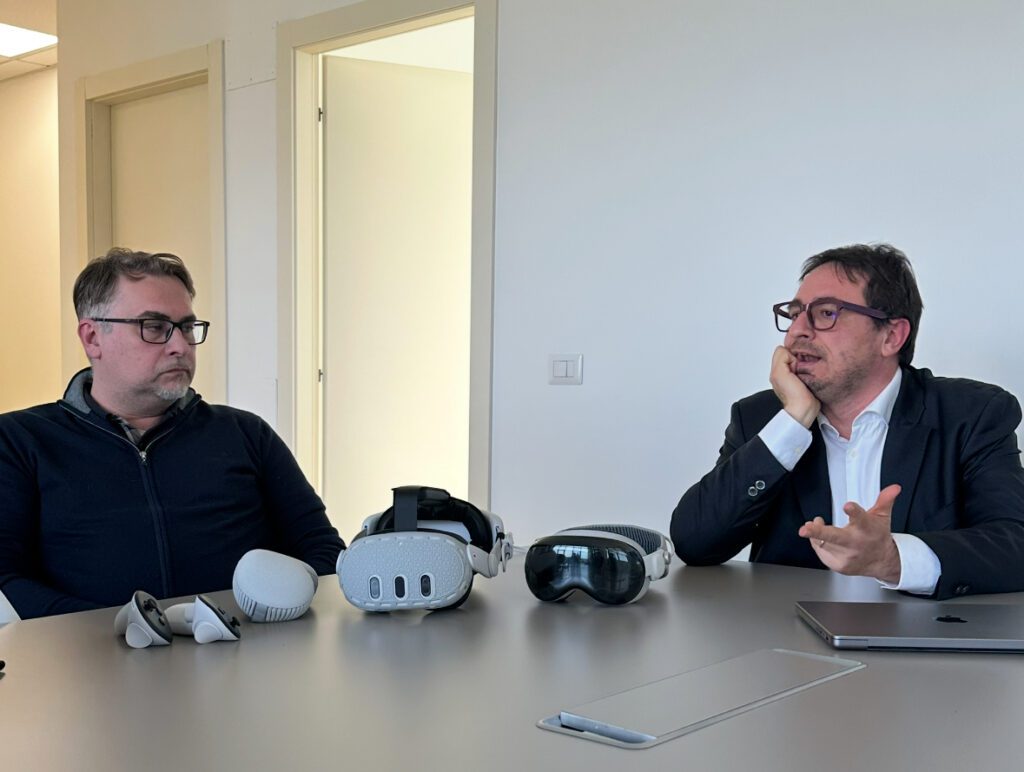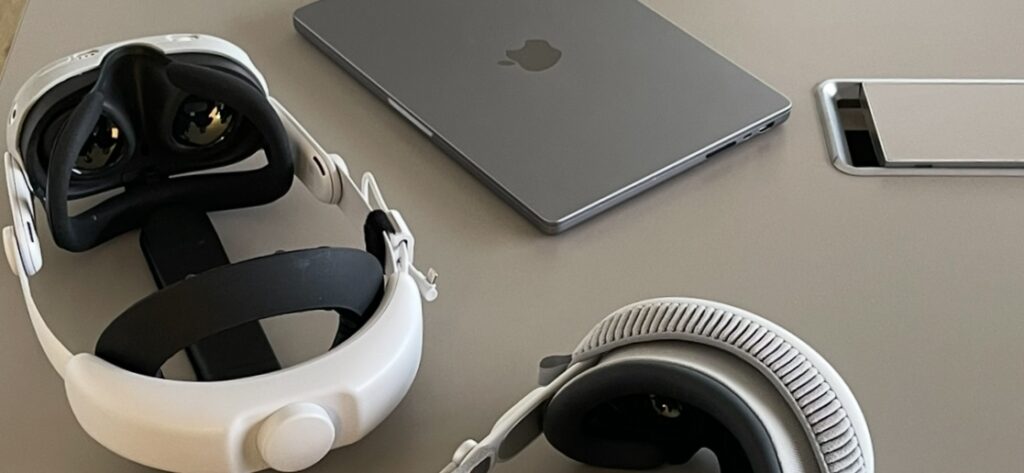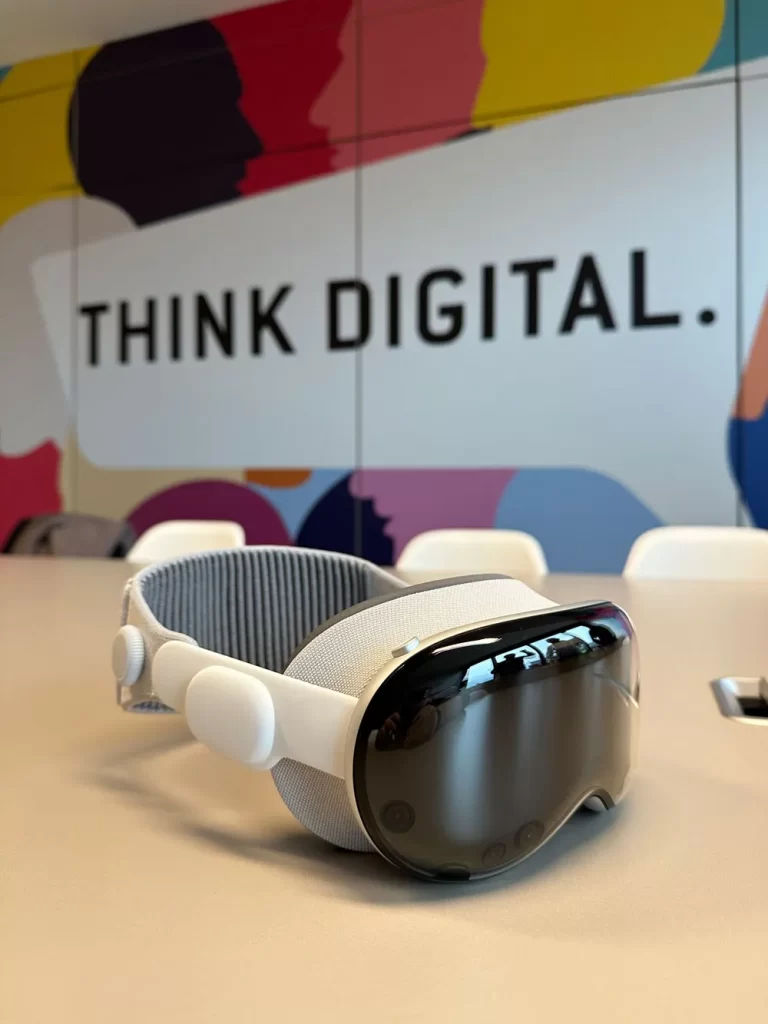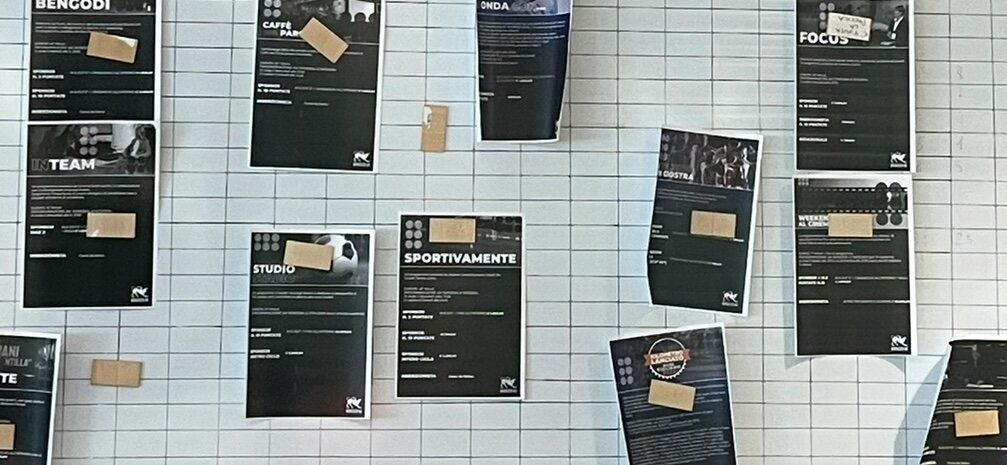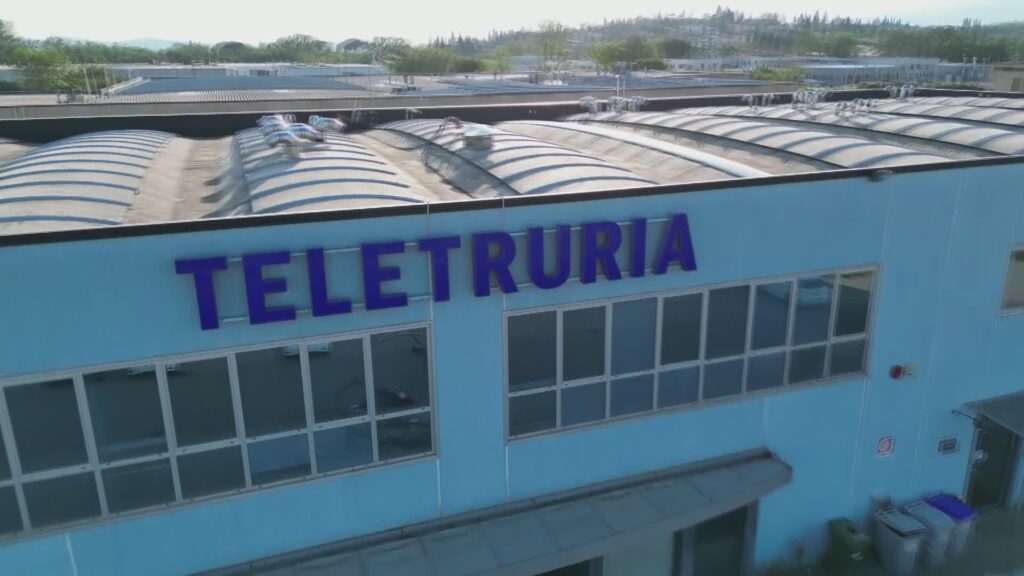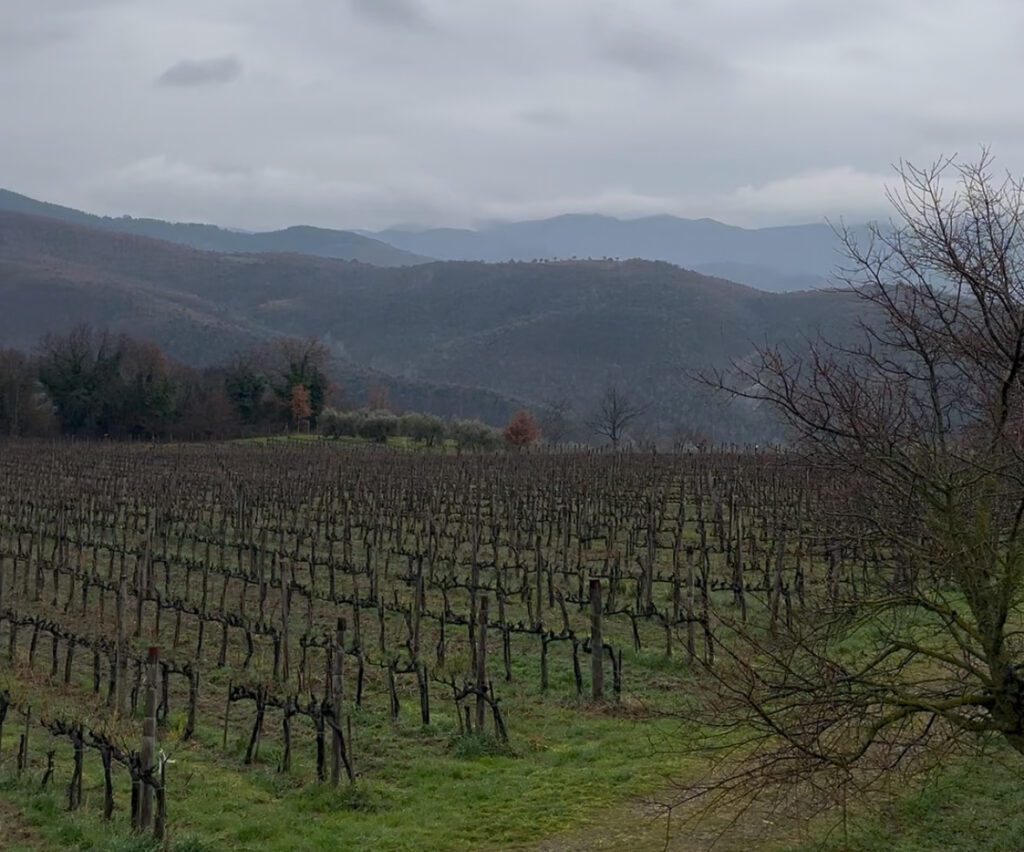In the heart of the quiet town Arezzo, a remarkable example of grassroots innovation has been quietly evolving for nearly two decades. What began in 2006 as a culturally focused initiative by a group of Bangladeshi migrants has grown into a professional organization now called ACB Social Inclusion. ACB Social Inclusion provides essential services to migrants navigating life and work in Italy. Its journey reflects not only an organizational transformation but also a larger story about resilience, adaptation, and the role of local leadership in addressing complex social issues.
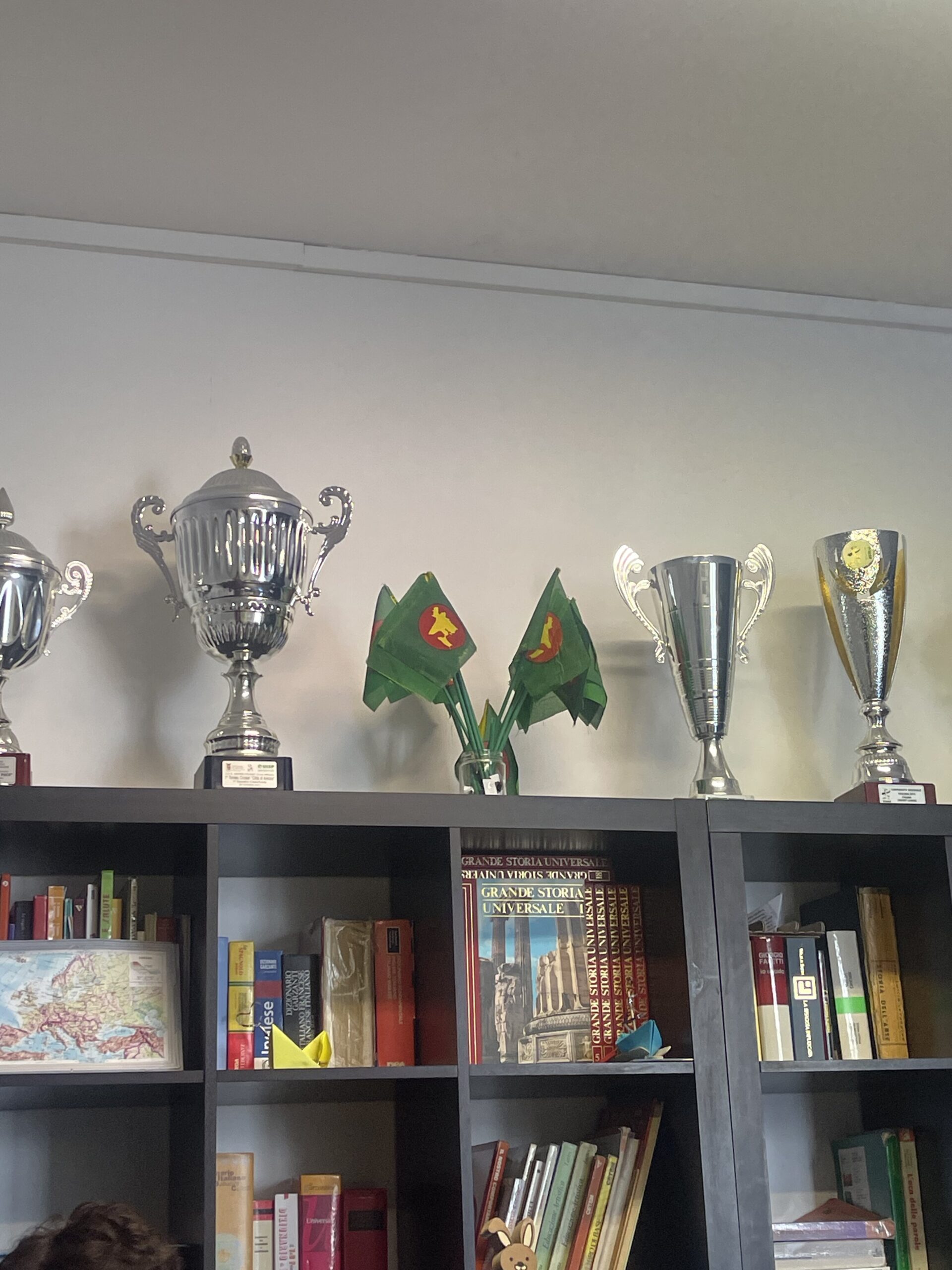
Awards won by students that participate in the after-school tutoring program they provide
From Cultural Awareness to Comprehensive Support
We had the pleasure to sit down with the director of ACB, Paola Miraglia as she went into detail about the origins of this company. She told us that the organization was originally established under the name Associates Unequal Trial in Bangladesh, with a mission to raise cultural awareness in Arezzo. At the time, it was composed exclusively of Bangladeshi members. However, by 2011, its scope expanded to include both Italian and other foreign members. This shift laid the foundation for its evolution into a more inclusive and professionalized institution.
By 2014, the organization had begun supporting newly arrived asylum seekers, working with professionals such as psychologists, educators, and lawyers in order to have as smooth of a transition as possible. This simple change was a pivotal innovation for both structural and strategic reasons: It responds to the increasing complexity of migrant needs in the region, while also creating an opportunity to make a difference. In 2020, the association rebranded as ACB Social Inclusion, a name that better reflects its broader mission of fostering integration between migrants and the local community.
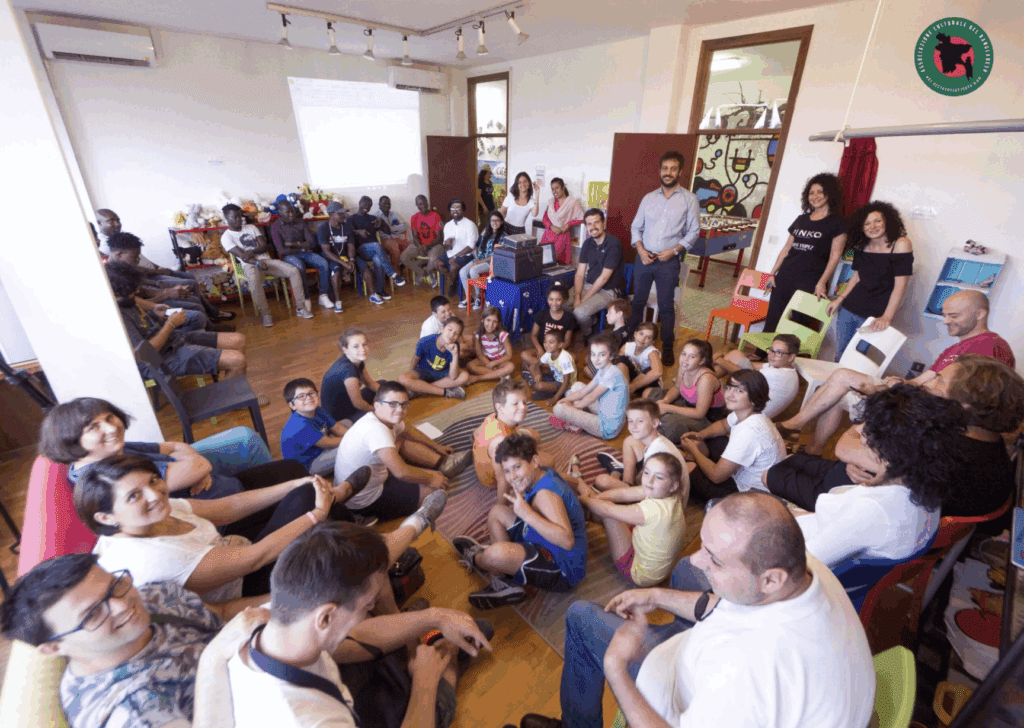
Navigating Challenges with Strategic Innovation
While the organization has found considerable success over the years, their work hasn’t been without significant challenges. Paola highlighted one situation in 2019 that came to mind, when the Italian government adjusted its funding policies. These policies prioritized security and infrastructure over social and cultural services for asylum seekers. These changes severely impacted organizations like ACB Social Inclusion, leading to financial instability and reduced staffing hours.
Then shortly after this challenge was the onset of the COVID-19 pandemic, which delayed projects, increased workloads, and effectively eliminated the already small supplemental funding. Despite these difficulties, the organization’s staff demonstrated a deep sense of commitment to their mission. They continued working extended hours, agreeing to only get paid for a small portion of their hours worked, yet they remained united in their goal to support migrant communities during an especially vulnerable time.
These challenges sparked a new wave of innovation. For instance, the organization introduced case managers to support cultural mediators—individuals who act as bridges between migrants and public institutions like schools and clinics. The case managers not only assisted during meetings but also helped document agreements and ensure follow-through. This model allowed the team to provide more structured and consistent support without putting strain on the relationships of the clients.
Leveraging Technology to Improve Access
That has not been the only innovation that they have come up with, they came up with an interesting and innovative way to overcome the communication barriers many migrants face. Barriers that especially those with limited literacy face on a daily basis, however the organization turned to technology to enhance information delivery. They created a series of multilingual videos in spoken English, Italian, Bangla, and Urdu, bypassing the literacy aspect entirely. These short videos provide essential information about schooling, health services, and bureaucratic procedures in an accessible and engaging format.
Examples of the posters with the accessibility QR codes if needed
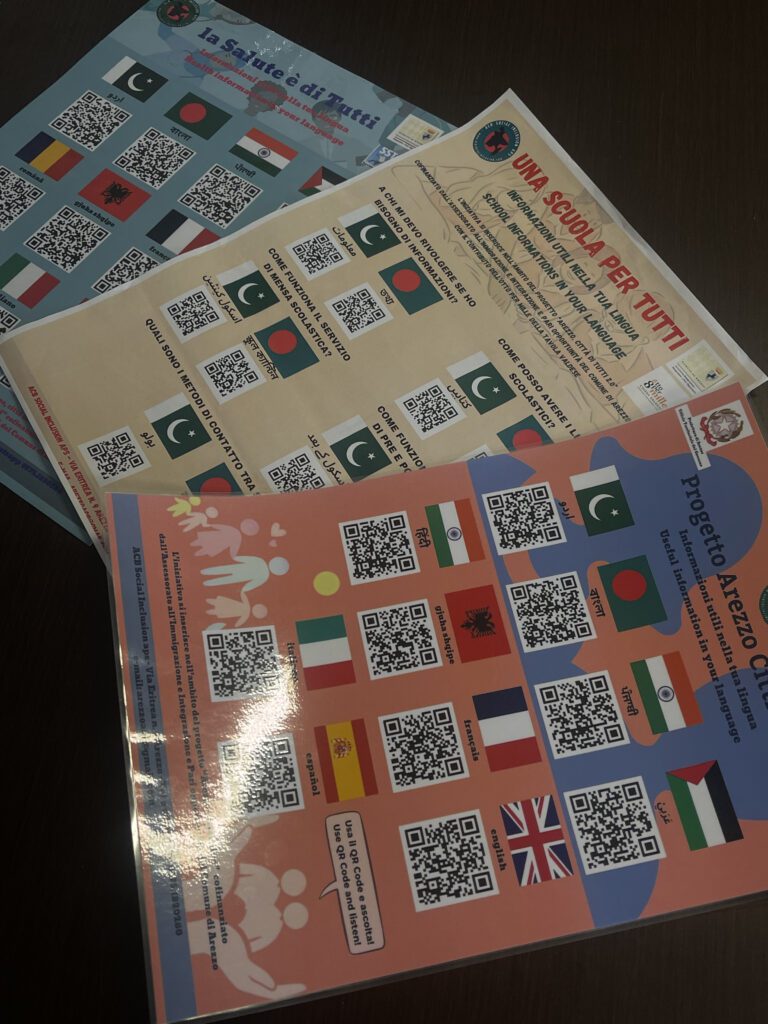
How do they access them you may ask? Well, QR codes that link to these videos have been placed in key locations around the city such as health clinics, schools, and local government offices. In addition, the organization launched a WhatsApp channel to share timely updates about public services, regional opportunities, and school registration processes. These digital tools have proven effective in reaching a diverse audience and ensuring that important information is both accessible and understandable.
The organization also uses technology to securely manage individual case files, allowing authorized staff to coordinate more effectively. These seemingly simple digital solutions have had a significant impact, particularly in a field where access to information efficiently can be life-changing.
Community Integration and Local Impact
The real key that makes this organization so special, is how they interact with their community. A curated and integrated community model unique to them, one where migrants and Italians collaborate side by side within the organization. The association’s president, who is Bangladeshi and also employed in the local gold jewelry industry, serves as the critical bridge between new arrivals and the local job market. This dual role enhances both trust from the community, knowing that one of their own has their back. As well as practical outcomes, such as employment connections for newly arrived migrants or housing.
Additionally, the organization has adapted its strategies to address emerging issues like human trafficking. Initial interviews with new arrivals now include screening methods to identify potential trafficking victims and connect them to specialized support services.
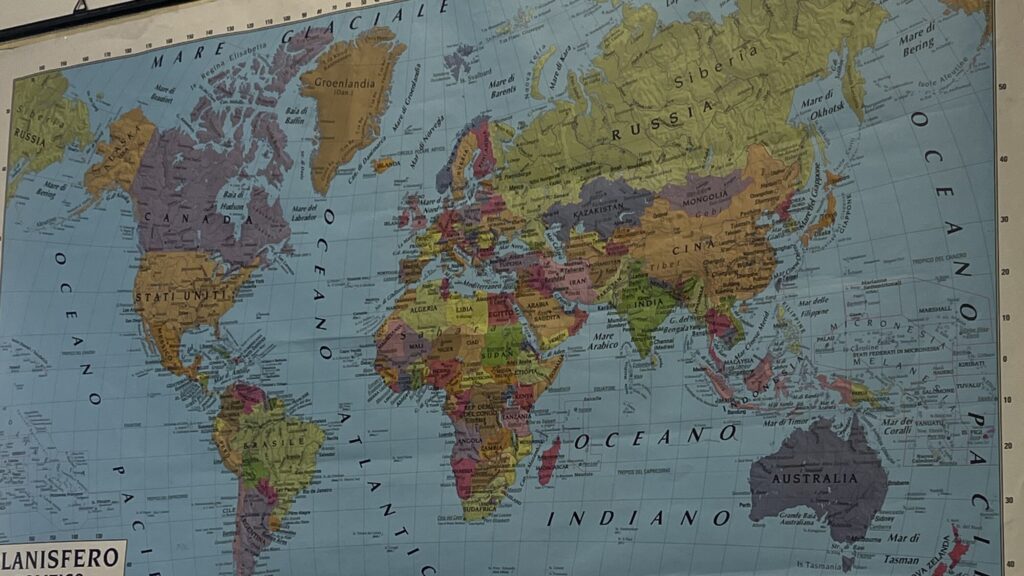
The staff’s sense of purpose and commitment to continuous learning have also played a key role in the organization’s success. Many have transitioned from frontline roles to more administrative or leadership positions, which has allowed for a better management of emotional labor and a more sustainable impact on the community.
Looking Ahead: Balancing Growth with Sustainability
While expansion may seem like a natural next step, ACB Social Inclusion is approaching growth cautiously. The organization recognizes the value of maintaining a strong local presence, where personal relationships and trust are essential. Its leadership is focused on sustaining the high-quality services while adapting to changing demographics and funding landscapes as newer generations appear. However, they do have plans that include expanding their library of multilingual video resources, continuing to integrate case managers into more areas of service, and strengthening partnerships with local institutions and community members. The association is also committed to incorporating feedback from the communities it serves to refine and improve its strategies.
Conclusion
The people at ACB Social Inclusion are one of a kind, offering a compelling model of community-based innovation in the nonprofit sector. I think the main takeaways from this story are the true importance of adaptability, local leadership, and technology in responding to the evolving needs of migrant populations. By bridging gaps in understanding, access, and opportunity, the organization exemplifies how meaningful social inclusion can be achieved, even in the face of systemic challenges that seem impossible to overcome.
